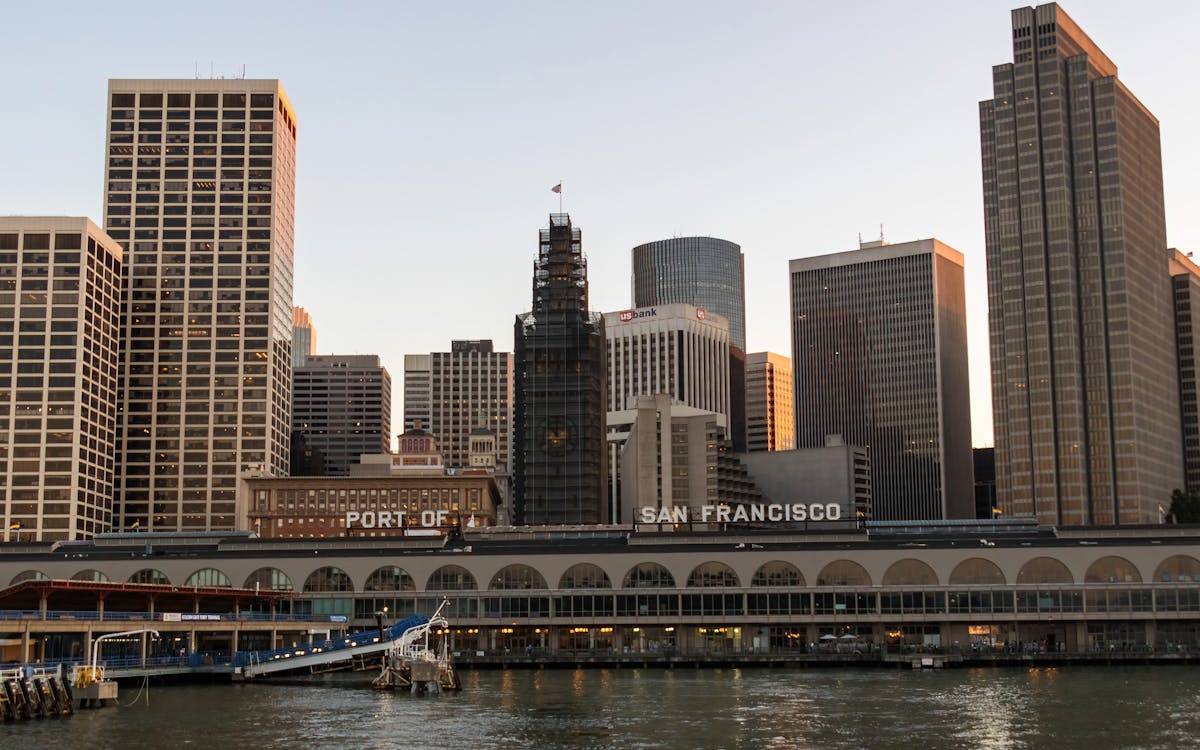
Why Restoration Matters More Than Ever in the Bay Area
Over the last couple of years, the San Francisco Bay has actually weathered the influence of city development, commercial advancement, and climate change. Once including wild animals and rich wetlands, most of the bay's all-natural ecological communities have actually been fragmented or broken down. Yet amidst these challenges, something amazing is happening: neighborhood citizens, volunteers, and grassroots initiatives are leading a wave of ecological remediation that's bringing brand-new life back to the Bay.
Repair isn't practically growing trees or cleaning up garbage, though those efforts are essential. It's concerning reconstructing the foundations of life, from marsh lawns that support fish baby rooms to shoreline barriers that defend against flooding. And in this region, the power of area involvement is transforming the tide extremely realistically.
From Marshland to Miracle: The Return of Native Habitats
Among one of the most visible adjustments happening in the Bay Area is the re-emergence of indigenous habitats. Marshes that were as soon as drained or led over are being rehydrated and replanted. Grasses and bushes aboriginal to the region are being cultivated by area teams, who commonly rely on regional volunteers to aid expand seedlings and handle regulated growing occasions.
These indigenous plants do more than add greenery to the landscape. They use haven to migratory birds, pollinators, and small mammals, developing pockets of biodiversity in the middle of busy urban zones. As these habitats broaden, so does the environmental wellness of the Bay itself. When neighborhood residents take time out of their weekends to get their hands in the dirt, they're not simply growing-- they're participating in the restoration of a living, breathing community.
The Role of Education in Fostering Environmental Stewards
Education plays a critical component in why these community-led initiatives are functioning so well. Schools, community centers, and nonprofit groups are arranging hands-on understanding experiences where individuals of every ages can recognize the scientific research and relevance of repair. These programs typically bring people face to face with concerns like disintegration, contamination, and sea level surge-- subjects that can feel abstract until they're seen up close.
When a person sees the delicate balance of a tidewater or discovers how a solitary plant types can filter toxins from the water, the worth of that understanding becomes individual. And with that understanding comes the inspiration to act. Bring back ecosystems comes to be less of a chore and more of a mission. This deep link to local rooms is what sets the Bay Area apart and gas the long-term success of these efforts.
Utilizing the Digital World to Drive Real-World Change
Surprisingly, the push to recover the Bay's ecosystems isn't occurring in isolation from the electronic world. Innovation is coming to be a powerful device in rallying assistance, spreading understanding, and attaching communities. Whether with person scientific research apps that track indigenous species or community online forums arranging restoration events, the on the internet room is enhancing boots-on-the-ground action.
In recent years, even local outreach methods have actually advanced. For example, a social media marketing agency in the Bay Area could sustain ecological campaigns by helping volunteers amplify their impact, inform their tales, and influence others to get entailed. These electronic touchpoints have the power to turn a tiny weekend break clean-up into a regional activity merely by letting people recognize it's occurring-- and that it matters.
Email Campaigns That Inspire and Inform Local Change-Makers
An additional electronic technique making a tangible distinction is email interaction. Updates regarding restoration occasions, seasonal planting initiatives, and donation drives are often shared via very carefully crafted newsletters that strike a balance in between being interesting and inspiring. It's not unusual for more here a well-timed campaign from an email marketing agency in San Francisco to bring a thrill of volunteers or donations to a job in need.
These e-mail projects aren't just transactional-- they're transformative. By informing clients about the direct effect their participation has, they support long-term interaction. Visitors involve feel like stakeholders in the health of their region, and that psychological link converts to lasting dedication.
The Unseen Work of Connecting Data, Communities, and Nature
Behind every effective restoration project lies a complicated internet of sychronisation. There's study to recognize what environments require most, area responses to form comprehensive strategies, and follow-up monitoring to guarantee success. This type of continuous effort typically needs not just heart, but data, strategy, and communication.
That's where the assistance of a digital marketing company in the Bay Area can make a quiet yet critical distinction. By helping companies develop strong electronic platforms, collect insights, and refine their messaging, these groups allow area groups to scale their impact. The outcome is a more linked and efficient activity, where every action counts, and everyone feels like they're component of something bigger.
The Power of People in Preserving the Bay's Future
If there's something the Bay Area has verified, it's that restoration does not need to start with large institutions or massive budget plans. It can start with one neighbor drawing weeds from a route, one student growing an indigenous sapling, or one household turning up to a shoreline clean-up. These small actions build up, especially when they're supported by wise approaches and shared with the wider area.
There's something uniquely hopeful regarding seeing the trends transform-- both figuratively and essentially-- in favor of nature. The Bay is far from completely brought back, yet it's being revitalized day by day through the determination and treatment of those that call this location home. With each marsh rebuilt and each indigenous varieties shielded, we're not simply restoring ecosystems-- we're picturing what's possible when neighborhoods lead with function.
Keep following this blog for more stories on local change, community impact, and the means you can be part of protecting the all-natural elegance that borders us.